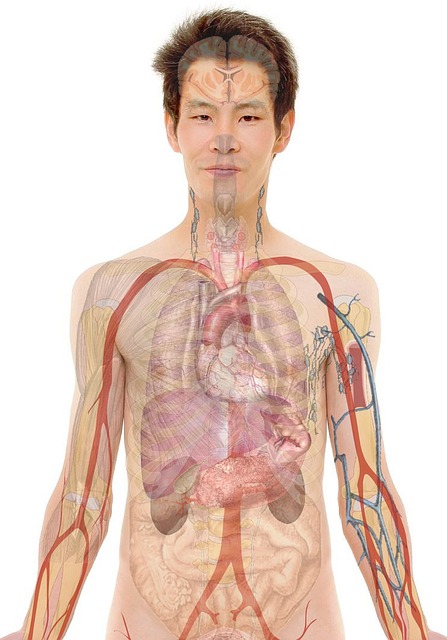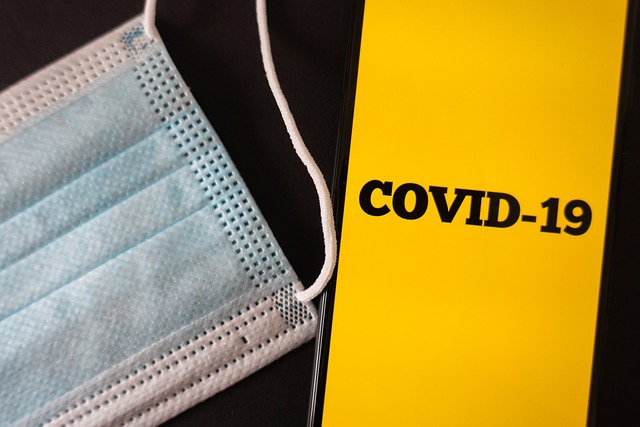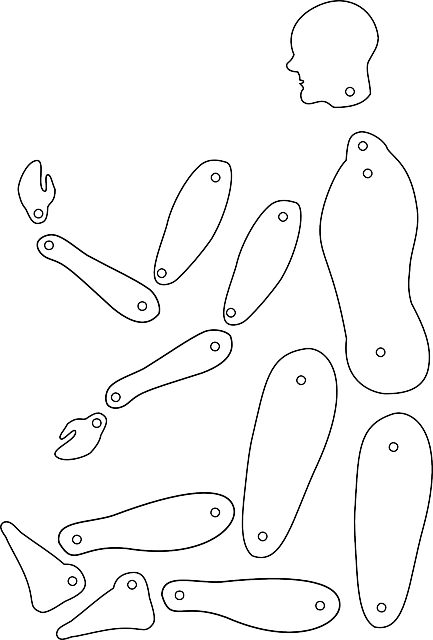Non-surgical body sculpting uses advanced technologies like HIFEM, radiofrequency, and vacuum therapy to safely and effectively reduce fat and stimulate muscle activity, offering a popular alternative to invasive contouring methods. With faster recovery times, minimal downtime, and reduced risk of complications, it's an appealing option for enhancing physique and boosting confidence without surgery. Various techniques target specific areas, providing versatile and gentle beauty enhancements with immediate results. Consulting a qualified practitioner, verified for credentials and training in relevant technologies, ensures safe and effective non-surgical body contouring.
“Discover the revolutionary world of Non-Surgical Body Sculpting, a safe and effective alternative to traditional body contouring methods. This comprehensive guide explores the transformative power of non-invasive techniques, offering a nuanced understanding of their science and benefits. From radiofrequency and ultrasound to advanced technologies, we dissect various sculpting tools and their precision. We also address common safety concerns and provide expert tips for selecting qualified practitioners, empowering you to make informed choices in your journey towards a contoured, confident self.”
Understanding Non-Surgical Body Sculpting: A Comprehensive Overview

Non-surgical body sculpting, also known as non-invasive contouring, is a revolutionary approach to achieving a more toned and sculpted physique without undergoing invasive surgical procedures. This cutting-edge technique leverages advanced technologies like high-intensity focused electromagnetic energy (HIFEM), radiofrequency, and vacuum therapy to reshape and refine specific areas of the body. Unlike traditional cosmetic surgeries, which often come with lengthy recovery times and potential side effects, non-surgical contouring offers a safe, effective, and convenient alternative for those seeking body enhancement.
The beauty of non-surgical body sculpting lies in its ability to stimulate muscle activity and promote fat reduction locally, allowing individuals to achieve their desired silhouette without incisions or general anaesthesia. Through targeted treatments, professionals can address problem areas such as stubborn belly fat, love handles, and a double chin, providing patients with more confidence and a boosted sense of well-being. As technology continues to advance, non-invasive contouring procedures are becoming increasingly popular, appealing to a wide range of individuals looking for both aesthetic improvements and enhanced body confidence.
How Does Non-Invasive Contouring Work? The Science Behind It

Non-invasive contouring, also known as non-surgical body sculpting, is a cutting-edge approach to achieving a sculpted and defined physique without the need for invasive procedures or extensive downtime. This innovative technique leverages advanced technologies such as radiofrequency, electromagnetic energy, and specialized creams to target and reshape specific areas of the body.
The science behind non-invasive contouring involves stimulating the body’s natural processes to promote collagen production and fat reduction. For example, radiofrequency energy heats the deeper layers of skin, triggering a response that tightens and lifts the skin while also reducing cellulite. Similarly, electromagnetic energy can target and break down fat cells, leading to a noticeable slimming effect. These technologies work in harmony with the body’s natural metabolism, making it an effective and safe alternative to surgical procedures for achieving desired body contours.
Benefits of Choosing a Non-Surgical Approach for Body Shaping

Opting for a non-surgical approach to body contouring offers a range of advantages, making it an increasingly popular choice among those seeking to enhance their physique. Unlike invasive procedures, non-surgical body sculpting techniques provide a safer and more comfortable alternative. One of the key benefits is minimal recovery time, allowing individuals to resume their daily activities without prolonged downtime. This method eliminates the risks associated with surgery, including infection, scarring, and potential complications, ensuring patients can achieve their desired results with reduced concerns.
Additionally, non-surgical contouring treatments are highly versatile, catering to various body areas. From facial redefining to sculpting the abdomen, arms, and thighs, these procedures can tailor-make a slimmer and more tonified appearance. The non-invasive nature also means less discomfort during the process, making it an appealing option for those who prefer a gentle approach to beauty enhancements.
The Different Techniques and Tools Used in Non-Invasive Contouring

Non-invasive contouring, also known as non-surgical body sculpting, has evolved significantly over the years, offering a range of techniques and tools to achieve desired results. One popular method involves the use of radiofrequency energy to target and tighten skin and fat cells, leading to reduced measurements in problem areas. This technology works by stimulating collagen production, which improves skin elasticity and provides a more contoured appearance.
Another technique utilizes high-intensity focused electromagnetic energy (HIFEM) to induce powerful muscle contractions, leading to tone and define the body’s contours. Advanced devices can precisely deliver energy to specific muscle groups, ensuring effective toning without discomfort or downtime. Additionally, vacuum-based systems create gentle suction to improve circulation and lymphatic drainage, enhancing skin texture and reducing cell debris for a smoother, more sculpted look.
Safety and Side Effects: Addressing Common Concerns

Professional non-surgical body sculpting, or contouring, is a popular method for achieving a slimmer, more defined look without invasive procedures. Unlike surgical alternatives, it offers a safe and effective way to enhance one’s figure through precise manipulation of fat cells. The procedure involves advanced technology that targets specific areas, allowing for the reduction of stubborn fat and immediate results.
Safety is a top concern when considering any cosmetic treatment. Non-surgical contouring has an excellent safety profile, as it does not involve incisions or general anesthesia. Side effects are typically minimal and may include temporary redness, swelling, or mild discomfort in the treated areas. These effects usually subside within a few days, leaving patients with little to no downtime. This method is suitable for most individuals; however, consulting a qualified professional ensures personalized advice and safe practice, addressing any specific concerns or medical history.
Finding the Right Professional: Tips for Selecting a Qualified Practitioner

When considering non-surgical body sculpting procedures, such as contouring, it’s paramount to find a qualified and experienced practitioner. This decision is crucial for achieving desired results and ensuring safety. Start by researching practitioners in your area who specialize in non-invasive cosmetic treatments. Check their credentials, certifications, and training in techniques like ultrasound or radiofrequency technologies. Reputable professionals should be able to provide detailed explanations about the procedures, potential risks, and benefits.
Word-of-mouth recommendations from friends or family can be invaluable. Reading client testimonials and reviews online is another effective way to gauge a practitioner’s reputation. Look for consistent positive feedback regarding results, professionalism, and aftercare. Additionally, schedule a consultation to meet the practitioner face-to-face, discuss your concerns, and get a firsthand impression of their approach. This allows you to ensure compatibility and trust in their expertise, crucial factors in the success of non-surgical body contouring.
